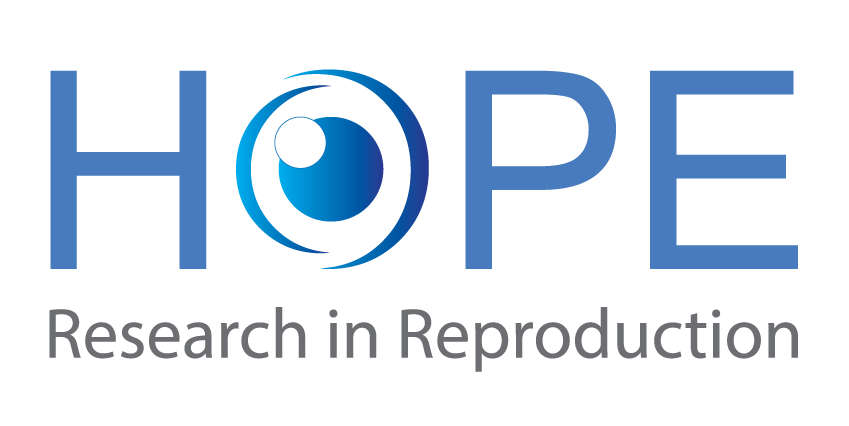Journal of Assisted Reproduction and Genetics 2021, 38, 1265–1280 – 2021-07-03
Michel De Vos1,2, Michaël Grynberg3,4 , Tuong M. Ho5, Ye Yuan6, David F. Albertini7, Robert B. Gilchrist8
Published: 03 July 2021
Author information
1 Centre for Reproductive Medicine, UZ Brussel, Brussels, Belgium
2 Department of Obstetrics, Gynecology, Perinatology and Reproductology, Institute of Professional Education, Sechenov University, Moscow, Russia
3 Department of Reproductive Medicine and Fertility Preservation, Antoine Béclère University Hospital, Clamart, Clamart, France
4 Paris-Sud University, Le Kremlin Bicêtre, France
5 IVFMD, My Duc Hospital, Ho Chi Minh City, Vietnam
6 Colorado Center for Reproductive Medicine, Lone Tree, CO 80124, USA
7 Bedford Research Foundation, 124 South Road, Bedford, MA 01730, USA
8 Fertility & Research Centre, School of Women’s and Children’s Health, University of New South Wales Sydney, Sydney, NSW, Australia
Abstract
Oocyte in vitro maturation (IVM) is an assisted reproductive technology designed to obtain mature oocytes following culture of immature cumulus–oocyte complexes collected from antral follicles. Although IVM has been practiced for decades and is no longer considered experimental, the uptake of IVM in clinical practice is currently limited. The purpose of this review is to ensure reproductive medicine professionals understand the appropriate use of IVM drawn from the best available evidence supporting its clinical potential and safety in selected patient groups. This group of scientists and fertility specialists, with expertise in IVM in the ART laboratory and/or clinic, explore here the development of IVM towards acquisition of a non-experimental status and, in addition, critically appraise the current and future role of IVM in human ART.
KEYWORDS:
In vitro maturation (IVM) . Oocyte maturation . Onco-fertility . Fertility preservation . Polycystic ovary syndrome (PCOS)
